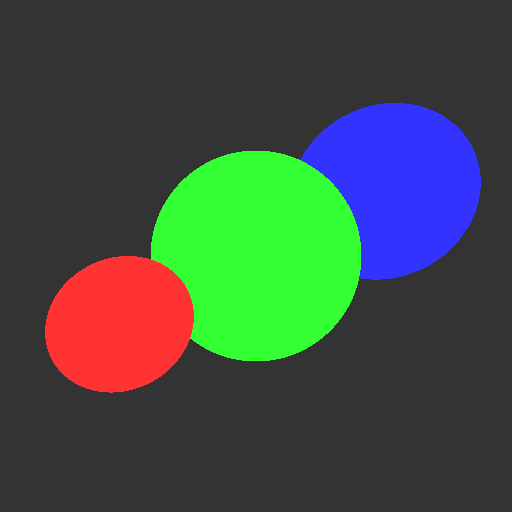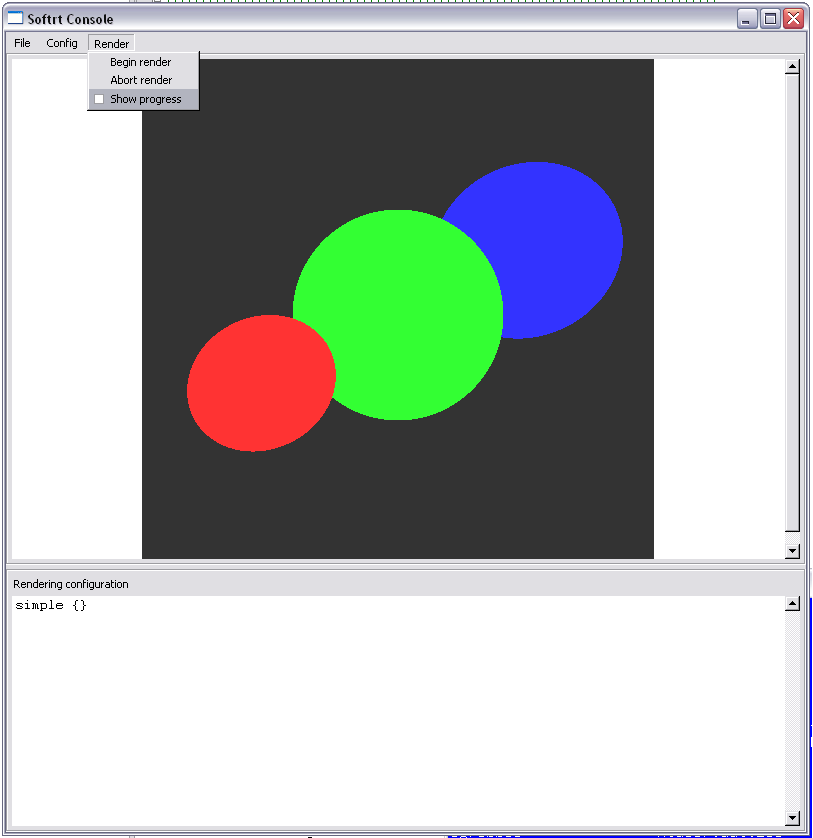


| Flag |
Meaning |
Default
Release Mode Setting |
| /Ox |
Full
Optimization (marginally better than /O2) |
/O2 |
| /Og |
Global
Optimization |
No |
| /Ob2 |
Auto-Inlining |
(side-effect
of) /O2 |
| /Oi |
Enable
Intrinsics |
No |
| /Ot |
Favor
Fast Code |
/Os
(favor small code) |
| /G7 |
Optimizie
for Intel Pentium 4 |
/GB (for
all Pentium family) |
| /GL |
While
Program Optimization |
No |
| /arch:SSE |
Use
SSE Instructions where possible. |
No |